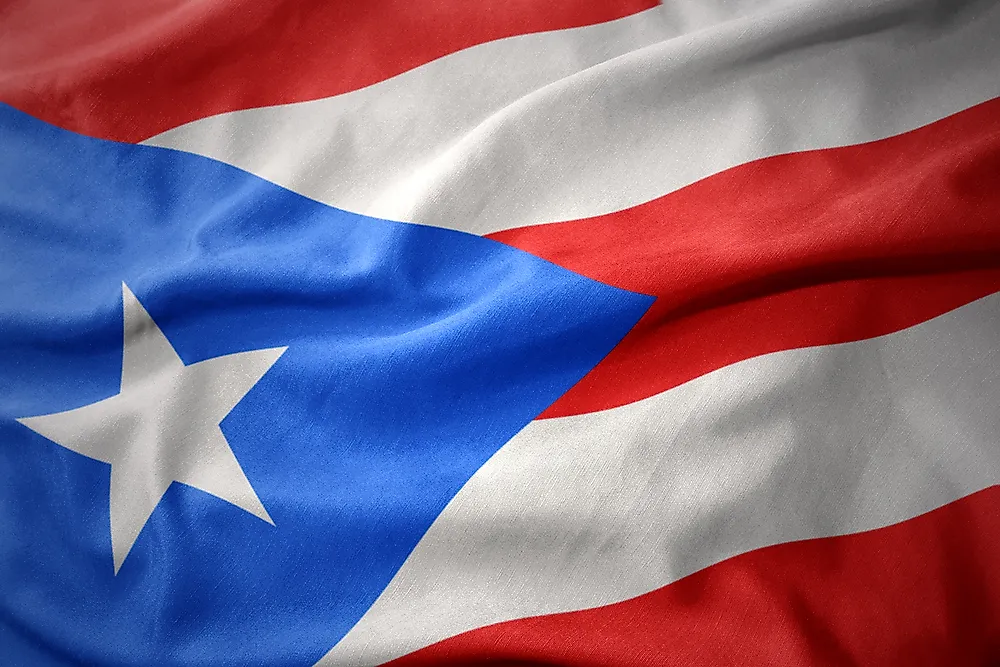Are Puerto Ricans US Citizens?

Are Puerto Ricans US Citizens?
Recently, Puerto Rico has been in the spotlight after Hurricane Maria ravaged the island with a devastating effect. Puerto Rico consists of one main island and several small islands located in the northeast Caribbean Sea. The humanitarian crisis caused by the hurricane led to the intervention of the US government and consequently revived the debate of whether Puerto Ricans are Americans. A survey conducted by Morning Consult between Sept. 22-24, 2017 revealed that 41 percent of Americans did not consider Puerto Ricans as Americans while 15 percent were not sure. A large portion of the 43 percent of those who considered them as citizens of the US did not know when and how Puerto Ricans became Americans.
When Did Puerto Rico Become a US Territory?
Puerto Rico became a US territory after the US annexed it 1898 Spanish-American War. American lawmakers, academics, and state officials invented a strategy to annex territories which saw the US end up with overseas territories including Guam, Mariana Islands, Virgin Islands, and American Samoa with the intention of using them for military and economic purposes without granting them statehood. To support the effort of expansion, lawmakers created constitutional interpretations to allow the US to govern the territories. In 1901, the supreme court ruled that territories inhabited by non-white populations annexed after 1898 would be "unincorporated territories" not meant to part of the union.
The Jones Act
In 1917, the Jones Act was enacted. The act included a citizenship provision that allowed those living in Puerto Rico to decide whether to retain their citizenship or become U.S citizens. The act did not change the territorial status and persons born in the island became U.S citizens by "jus sanguinis" (blood right). In 1940, Congress enacted the Nationality Act which conferred "jus soli," (right of soil) to those born on the island. Prior to 1940, a person born in Puerto Rico only became a citizen if both citizens were citizens of Puerto Rico. After 1940, any person who was born within the boundaries of Puerto Rico became a U.S citizen. The Nationality Act amended and replaced the Jones Act after it further stated that the island was to be part of the US for citizenship purposes. The law took effect on Jan. 13, 1941 and as a result, being born on the island amounted to being born in the U.S.
Puerto Rican Status Referendum
On June 11, 2017, the Puerto Rican status referendum was held to determine whether the island should become independent, a US state, or maintain the status quo. The referendum was boycotted by the pro-status quo PPD party, and only 23% of the population turned out to vote. Ninety-seven percent voted to be part of the US. The 2017 referendum was the fifth attempt to get Puerto Rico citizens to decide. Other referendums were held in 1967, 1993, 1998, and 2012. The parties who boycotted the referendum claimed that the US treated the island as its colony and even the title of the ballot was meant to present it as one. The notion of being a colony has always been rejected by the Popular Democratic Party (PPD). The ballot also stated that the island was under the plenary powers of the US Congress, a notion also rejected by the party. Although the majority of those who voted chose statehood, the turnover was very low, and the referendum was declared inconclusive. As of October 11th 2017, Puerto Rico was still an unincorporated territory of the United States.











